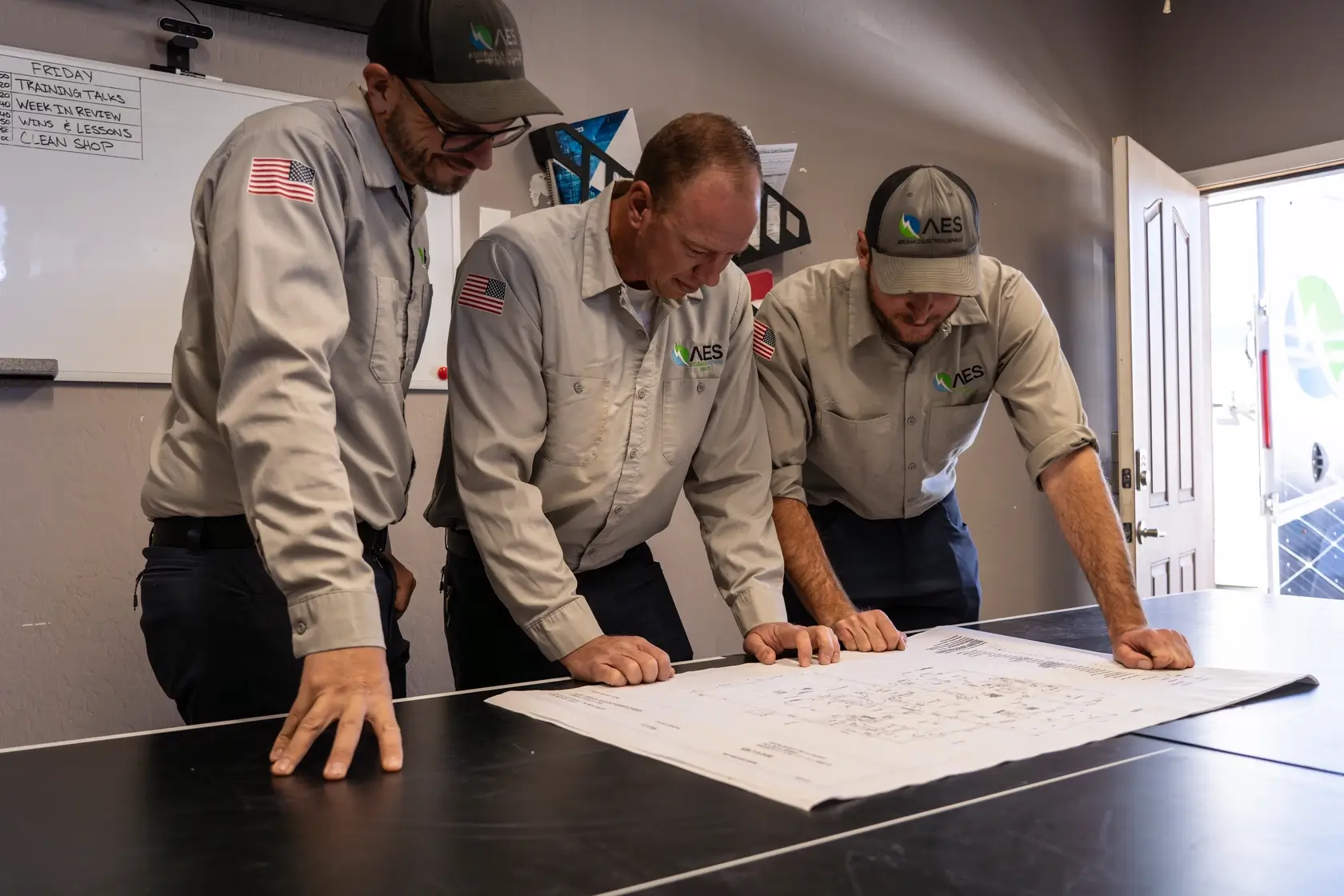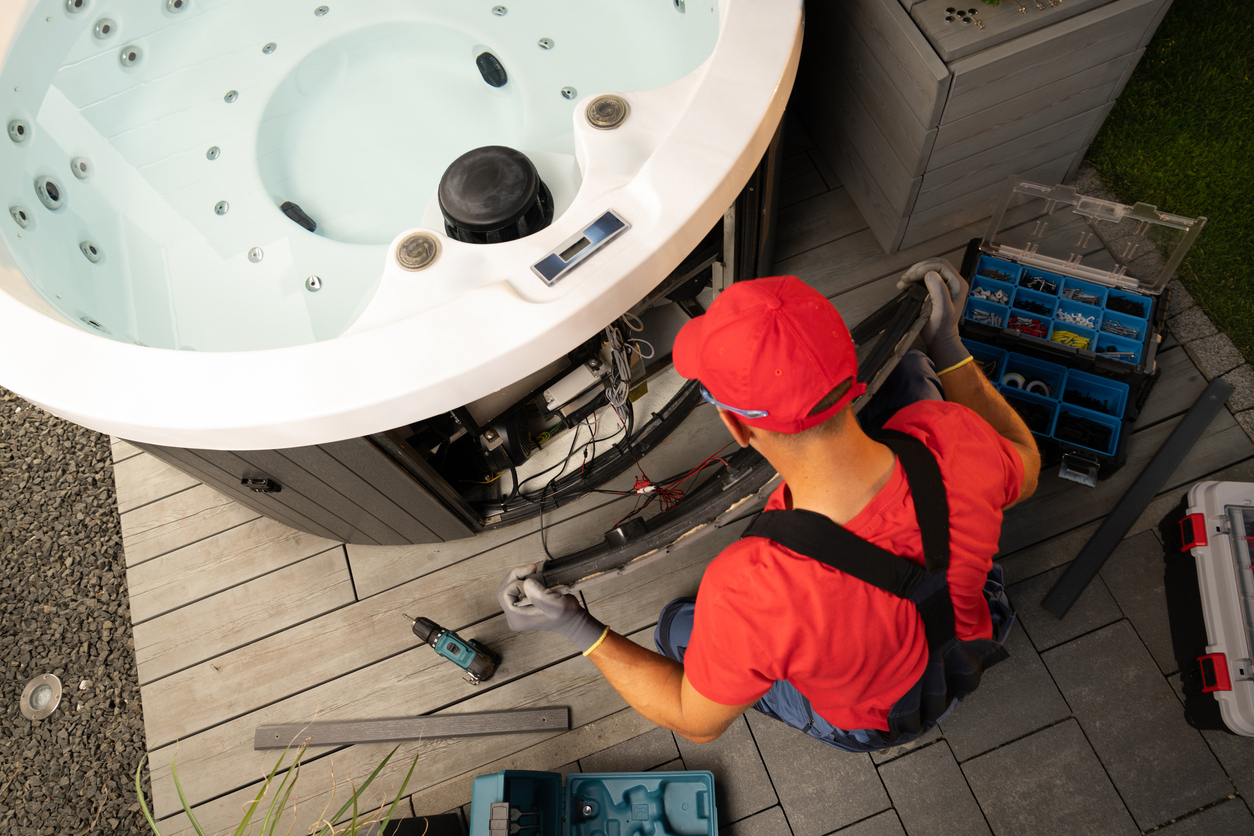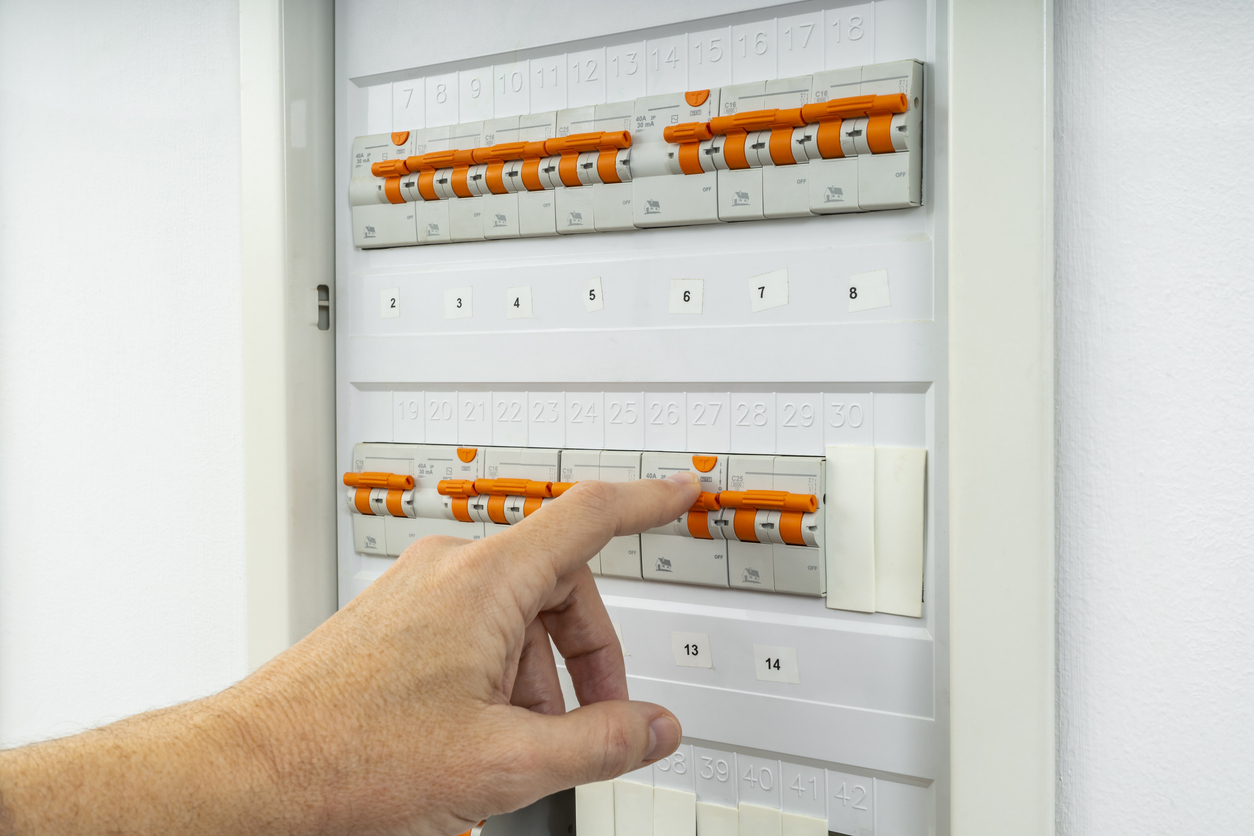How to Add an Electrical Outlet to an Existing Wall
In The Prescott, AZ area, homeowners often ask, “Can I add an outlet to an existing wall myself?” The answer is yes, but only if you follow proper electrical safety procedures. We also hear from homeowners who need more convenient power access. The good news is that adding an electrical outlet to an existing wall is a straightforward job if you follow the proper steps.
That said, safety should always come first. If you’re unsure about handling electrical wiring or working with circuits, it’s best to call a licensed electrician. But if you’re comfortable with essential electrical work, here’s how to do it correctly.
Why Add an Electrical Outlet?
Adding an electrical outlet eliminates reliance on extension cords, prevents overloading circuits, and improves your space’s overall aesthetics and functionality. Whether setting up a home office, installing a TV, or adding an outlet in the kitchen for appliances, a well-placed electrical outlet makes all the difference.
Important Note: Electrical work must comply with local and National Electrical Code (NEC) standards. If your home has aluminum wiring, outdated two-prong outlets, or an ungrounded system, consult an electrician before proceeding.
Tools and Materials You’ll Need
Before you start, gather the right equipment to ensure a smooth and safe installation:
- Stud Finder – Helps locate wall studs
- Voltage Tester – Confirms power is off before working
- Drywall Saw – Cuts a clean hole in the outlet box
- Screwdriver – Tightens electrical connections
- Wire Strippers – Prepares wires for connection
- Electrical Box – Use an “old work” box for existing walls
- Romex Cable (NM-B Wire) – Use 14/2 for a 15A circuit or 12/2 for a 20A circuit
- Wire Connectors (Wire Nuts) – Secures electrical connections
- Electrical Tape – Provides extra insulation
- Outlet and Cover Plate – Completes the job
Step 1: Choose the Best Location
Before you do anything, turn off the power at the breaker panel.
How to Safely Cut Power to the Circuit:
- Locate the breaker panel and identify the circuit connected to the existing outlet.
- Switch off the breaker, controlling the circuit.
- Verify that the power is off using a non-contact voltage tester.
Safety Warning: Never assume a breaker is off—always test for voltage before touching wires.
Step 3: Cut the Hole for the New Outlet
Once you’ve picked the right location, you must cut an opening for your old work electrical box.
Steps to Cut the Hole:
- Hold the electrical box against the wall and trace the outline with a pencil.
- Using a drywall saw, carefully cut along the traced lines.
- Test the fit by inserting the electrical box into the hole.
Pro Tip: If your drywall is plaster or thicker, use a drill with a small pilot hole before cutting to prevent cracking.
Step 4: Run the Wiring
Now, you’ll need to extend power from an existing outlet.
Tapping Into an Existing Outlet:
- Remove the cover plate and unscrew the existing outlet from its box.
- Feed the new Romex cable into the existing box and guide it through the wall cavity to the new outlet location.
- If the wire needs to cross studs, drill a hole through the center of each stud to thread the wire correctly.
Warning: Never connect a new outlet to an overloaded circuit. Consult an electrician if you’re unsure whether your circuit can handle another outlet.
Step 5: Wire the New Outlet
Now, let’s connect the wires.
Wiring Instructions:
- Strip the Wires – Use wire strippers to remove about ¾ inch of insulation from each wire.
- Connect the Wires:
- Black (Hot) → Brass screw
- White (Neutral) → Silver screw
- Bare Copper (Ground) → Green screw
- Secure the Wires – Loop them around the screws clockwise and tighten them firmly.
- Push the wires into the box and screw the outlet into place.
How to Install a New Outlet in an Existing Wall?
- Identify a power source (existing outlet or breaker panel).
- Turn off the power and confirm with a voltage tester.
- Cut a hole for the new outlet.
- Run the correct gauge wiring to the new location.
- Wire the outlet correctly, securing all connections.
- Restore power and test the new outlet.
Step 6: Secure Everything and Restore Power
- Attach the outlet to the electrical box.
- Screw on the cover plate for a clean look.
- Turn the breaker back on and test the outlet using a voltage tester or small appliance.
Can You Install an Outlet Without an Electrician?
If you have basic knowledge of wiring and follow safety guidelines, you can install an outlet yourself. However, hiring a licensed electrician is the safest choice if your home has old wiring, aluminum wires, or overloaded circuits.
When to Call a Professional
While adding an electrical outlet is a manageable DIY project, certain situations require an electrician expert:
- The breaker trips immediately when power is restored.
- The wiring is outdated (knob-and-tube or aluminum wiring).
- Adding multiple outlets or running a new circuit.
- GFCI outlet requirements for wet areas (kitchen, bathroom, garage).
Hiring a certified electrician in Prescott Valley is the safest option if you’re unsure about electrical load calculations or want peace of mind.
Final Thoughts
Installing a new electrical outlet in an existing wall can add convenience and safety to your home. By following this step-by-step guide, you can complete the project safely and efficiently. However, electrical work comes with risks—consult a licensed electrician near you.
At Assurance Electrical, we handle electrical installations, repairs, and upgrades for homeowners throughout Prescott Valley, AZ If you need expert assistance, contact us today for a consultation.
Need help? Call Assurance Electrical—your trusted, certified electricians in Prescott Valley, AZ.
Share this article
Follow us
A quick overview of the topics covered in this article.
Latest articles
October 31, 2025
October 31, 2025



